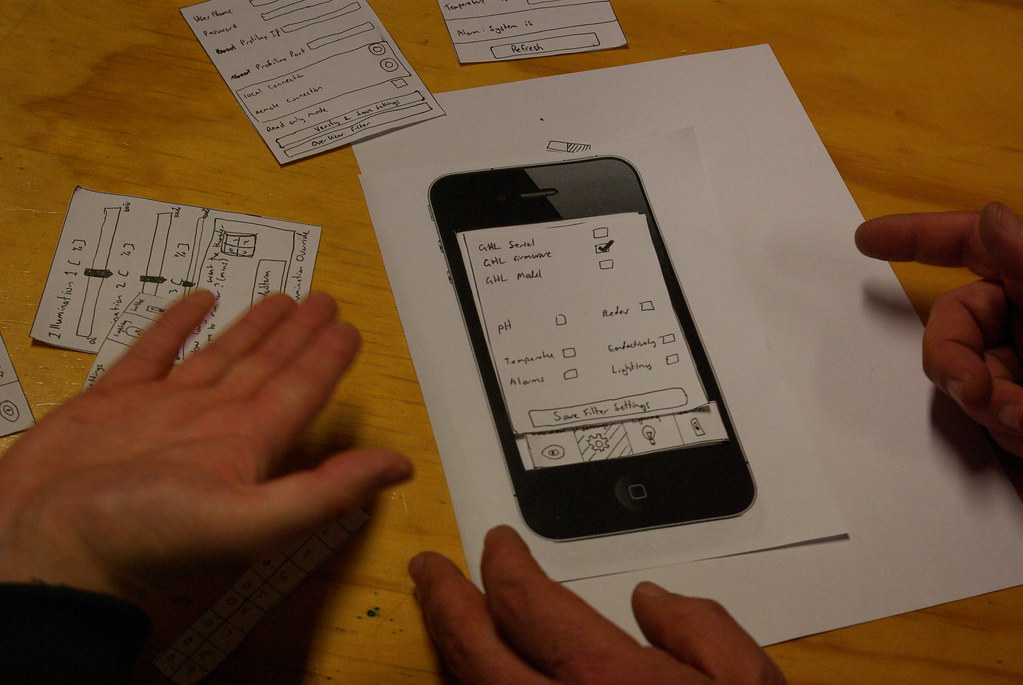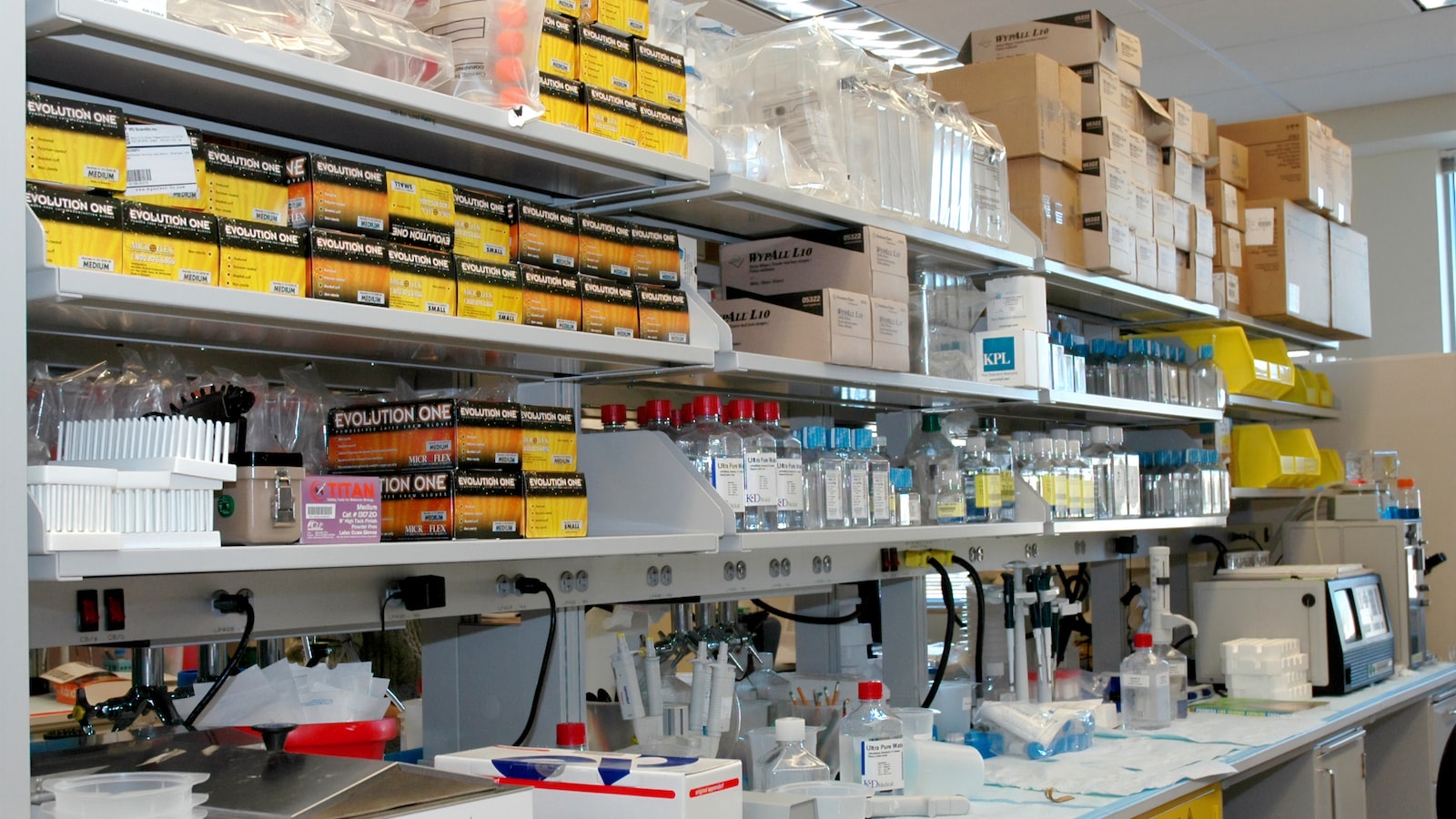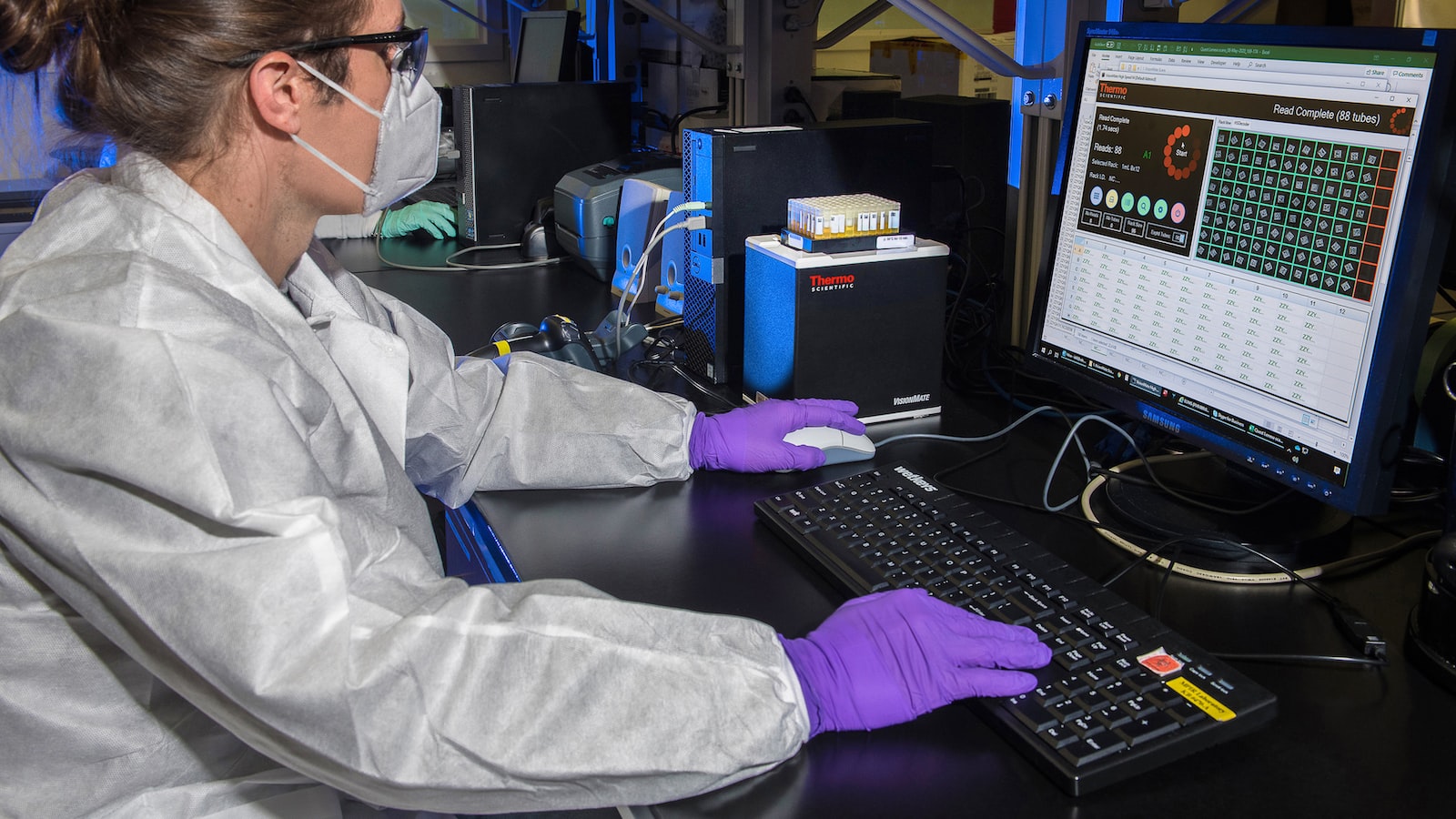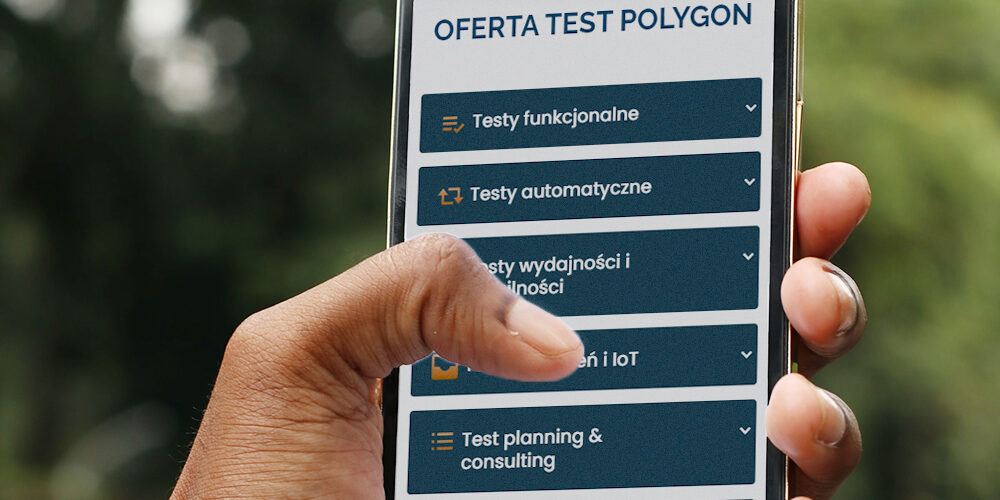Unlocking the Secrets of Software Excellence: The Power of Functional Testing
In a world where technology reigns supreme, ensuring the flawlessness of software has become an indispensable endeavor. As developers tirelessly strive to create elegant, user-friendly, and highly efficient software applications, one crucial aspect dominates the scene – functional testing. But what exactly is functional testing? Why has it emerged as the bedrock of software excellence? In this enlightening article, we will embark on a captivating journey, unraveling the core definition, key concepts, and myriad types of functional testing. So, fasten your seatbelts and get ready to delve into the riveting world of functional testing, where exceptional software performance takes center stage.

Functional Testing: Understanding the Basics
Functional testing is a crucial aspect of software development that ensures all the functionalities of an application work as expected, meeting the requirements and specifications. It involves evaluating the different components and features of the software to identify any potential defects or malfunctions. By conducting functional testing, developers can assess the usability, reliability, and performance of their software, providing a seamless user experience.
There are several important principles to keep in mind when conducting functional testing:
- Test case design: The success of functional testing relies on thorough and well-designed test cases. It is essential to create test scenarios that cover all the functionality of the software, including both positive and negative scenarios.
- Boundary value analysis: This technique involves testing the extreme boundaries of the input and output data. By examining the behavior of the application at these limits, developers can detect any potential issues that might occur outside the normal range.
- Regression testing: As changes are made to the software, regression testing ensures that existing functionalities have not been affected. This type of testing is essential to maintain the overall quality and stability of the application.

Exploring the Key Concepts of Functional Testing
Functional testing is an essential aspect of software development that focuses on evaluating the functionality of a system. This type of testing ensures that all components of a software application are working as intended and smoothly interacting with each other. By verifying that each functionality is performing accurately, functional testing helps identify any potential defects or inconsistencies, making it a crucial step in the quality assurance process.
In functional testing, key concepts play a significant role in ensuring thorough and effective testing. These concepts include:
- Test Cases: These are a set of conditions or actions that are designed to verify the functionality of a specific aspect of the software. Test cases are carefully crafted to cover a wide range of scenarios and potential user interactions, ensuring robust testing coverage.
- Test Data: The data inputs used during functional testing scenarios. Test data should be carefully selected to cover various possibilities and edge cases, allowing testers to evaluate the system’s behavior in different scenarios.
- Assertions: These statements define the expected outcomes of a test case and validate whether the actual results align with the expected behavior. Assertions form a critical part of functional testing, as they help identify discrepancies between the desired functionality and the system’s actual response.
By understanding and applying these key concepts, software testers can ensure comprehensive functional testing that covers all critical functionalities of an application. It allows developers to identify bugs and issues early in the development cycle, resulting in a more robust and reliable final product.

Types of Functional Testing: A Comprehensive Overview
Functional testing is a crucial phase in software development that ensures the application works as intended. It encompasses various testing techniques that validate the functionality of individual software components. Let’s delve into the wide array of functional testing types to gain a comprehensive understanding:
- Unit Testing: The building block of functional testing, unit testing focuses on testing the smallest testable parts of the software, such as functions and methods. By examining these components in isolation, developers can identify and fix any defects early in the development process.
- Integration Testing: As the application grows, it becomes imperative to test how different software modules interact with each other. Integration testing verifies the smooth collaboration between these components and ensures that data flows seamlessly across the system.
- Regression Testing: Whenever changes or updates are made to the software, it is vital to conduct regression testing. This type of testing aims to ensure that modifications don’t introduce unintended consequences or break existing features.
- Functional Acceptance Testing: Conducted from an end-user’s perspective, this testing ensures that the software meets the specified functional requirements and works as expected for the intended user base.
- GUI Testing: Graphical User Interface (GUI) testing examines the appearance and behavior of the software’s user interface. It includes testing buttons, menus, screens, and other graphical elements to guarantee that they function correctly and provide a smooth user experience.
- Smoke Testing: This preliminary test, also known as a sanity check, helps identify major issues in the software before more extensive testing begins. It ensures that the critical functionalities of the application are working properly and that further testing can be conducted.
- Usability Testing: To gauge the user-friendliness of the software, usability testing is vital. This type of testing assesses how easy it is for users to navigate, interact, and accomplish tasks within the software. By identifying usability issues, developers can improve the user experience.
- Performance Testing: Performance testing evaluates the system’s speed, responsiveness, and stability under various load conditions. This is crucial to ensure the software can handle expected user traffic and maintain optimal performance.
- Security Testing: With cyber threats increasing, software security is of paramount importance. Security testing scrutinizes the application for vulnerabilities, ensuring that sensitive data is protected and unauthorized access is prevented.
Each type of functional testing serves a specific purpose and contributes to a comprehensive quality assurance process. By employing a combination of these testing techniques, software developers can ensure that their applications function flawlessly, providing users with a reliable and enjoyable experience.

Best Practices for Effective Functional Testing
Functional testing is a critical aspect of software development that ensures an application meets the required specifications. To maximize the effectiveness of your functional testing process, here are some best practices to consider:
- Align Test Cases with Business Goals: It’s essential to design test cases that directly align with the desired outcomes and objectives of the application. By understanding the business goals, you can prioritize your testing efforts and focus on the most critical functionalities.
- Utilize Automation Tools: Manual testing can be time-consuming and prone to human errors. By leveraging automation tools, you can enhance the efficiency and accuracy of your functional testing. Identify repetitive tasks that can be automated and create robust test scripts to streamline the testing process.
- Implement a Comprehensive Test Coverage: In order to ensure thorough validation, strive for a wide test coverage. Test all possible scenarios, edge cases, and boundary conditions to identify potential issues early on. By leaving no stone unturned, you can confidently release a stable and reliable product.
Continuously improving your functional testing practices leads to higher software quality and customer satisfaction. Remember to regularly review and update test cases to reflect changes in requirements or updates in the application. Additionally, collaborate closely with developers and stakeholders to gain a better understanding of the system and its key functionalities. By following these best practices, you can ensure effective functional testing that ultimately contributes to the success of your software development projects.

Enhancing Efficiency and Accuracy in Functional Testing
In today’s fast-paced world, it is crucial for businesses to constantly strive for enhanced efficiency and accuracy in functional testing. Effective functional testing ensures that software applications, websites, and systems are performing optimally and meeting the desired objectives. This can improve customer satisfaction, reduce downtime, and ultimately, contribute to the overall success of an organization.
One way to enhance efficiency and accuracy in functional testing is by adopting test automation tools. These tools can streamline the testing process by automating repetitive tasks, allowing testers to focus on more complex scenarios. Additionally, automation tools can run tests simultaneously on multiple platforms, browsers, and devices, saving time and effort. With the ability to generate detailed reports and perform regression testing, these tools aid in maintaining accuracy and identifying potential issues early on.
- Test data management: Effective management of test data is essential for accurate functional testing. Developing strategies to manage test data, such as creating reusable test datasets, can help ensure consistency and reliability of test results.
- Collaboration and communication: In order to enhance efficiency, it is crucial for testing teams to foster collaboration and open lines of communication. Utilizing collaboration tools, like project management software or collaboration platforms, can facilitate efficient sharing of information and real-time updates.
- Continuous integration: Implementing continuous integration practices can significantly improve efficiency in functional testing. By automatically integrating code changes into a central repository and triggering automated tests, teams can rapidly detect defects and resolve them efficiently.
By incorporating these strategies and leveraging the power of technology, businesses can continually enhance their efficiency and accuracy in functional testing. Embracing a proactive approach towards optimizing the testing process can lead to not only improved software quality but also increased productivity and customer satisfaction – ultimately setting the foundation for long-term success.
As we conclude this journey into the realm of functional testing, we come to understand its true essence. This intricate dance between technology and quality assurance has always held a special place in the hearts of software enthusiasts. We have peeled back the layers of this fascinating concept, unraveling its definition, key concepts, and types.
Functional testing, dear readers, is like a master sculptor meticulously chiseling away at imperfections, ensuring that the final product stands firm and flawlessly functional. It is an art form of its own, combining technical prowess with an acute attention to detail.
Throughout our exploration, we have encountered key concepts that serve as guiding lights in the path of functional testing. We learned about the importance of comprehensiveness, emphasizing the need to assess an entire system, leaving no stone unturned. Our quest also exposed us to the vital aspect of independence, where testing remains unbiased and detached, allowing it to shine light on any potential flaws.
Types of functional testing revealed themselves as varied, each with its own unique purpose. We embarked on a journey through the vast landscapes of unit testing, integration testing, system testing, and so much more. It became evident that functional testing does not limit itself to the boundaries of a single type; instead, it embraces them all, harmonizing their efforts to ensure a robust and reliable end product.
As we bid our farewell, we leave you with this profound thought: functional testing is the unsung hero of software development, silently working behind the scenes to bring forth a flawless experience for users. With each test conducted, it captures the essence of quality, molding it into a tangible testament of excellence.
So, dear readers, when next you witness the smooth operation of an application, remember the unsung hero that is functional testing. Let us appreciate the hidden symphony that ensures our technology dances to the rhythm of perfection.
Functional testing is an essential component of software development and deployment. It is a technique used to validate that a program is functioning according to its requirements and specifications. Functional testing attempts to ensure that each component of the system behaves according to specification. It is also known as black box testing because it focuses on the expected outcome of the system rather than on the internal processes of the system. In this article, we will be discussing the definition of functional testing, key concepts, and types of functional testing.
Definition: Functional testing is the process of testing the functions, or capabilities, of a system to ensure that it performs as designed. This type of testing is used to confirm that the product meets the requirements and the end user’s needs. It usually focuses on the full system or individual components, such as a specific function or API.
Key Concepts: Functional testing evaluates the system’s compliance to functional requirements, such as whether or not a system is able to perform tasks correctly. It assesses the system’s features, capabilities, and user interface. A functional test is a pass/fail test that verifies the functionality of the system. During the testing process, a tester inputs values, performs actions, and evaluates the correctness of the system’s output.
Types: There are many types of functional testing, including unit, integration, system, regression, usability, compliance, and performance. Unit testing is used to test individual components of a system. Integration testing is used to ensure that the components of a system can work together properly. System testing is used to test the overall system, while regression testing is used to ensure that no new bugs have been introduced after a form of optimization or an attempted correction. Usability testing focuses on how users interact with the system, while compliance testing verifies that the system adheres to industry standards. Finally, performance testing determines how the system responds to different levels of load and stress.
In conclusion, functional testing is an important component in software regression, usability, compliance, and performance. It is used to ensure that a system is functioning according to its requirements and specifications. By understanding the definition, key concepts, and types of functional testing, a software company or engineer can properly evaluate the functionality of a system.






Great overview! Thanks for the informative article!
Very informative!
Great overview! Thanks for the informative article! Very informative! 👍